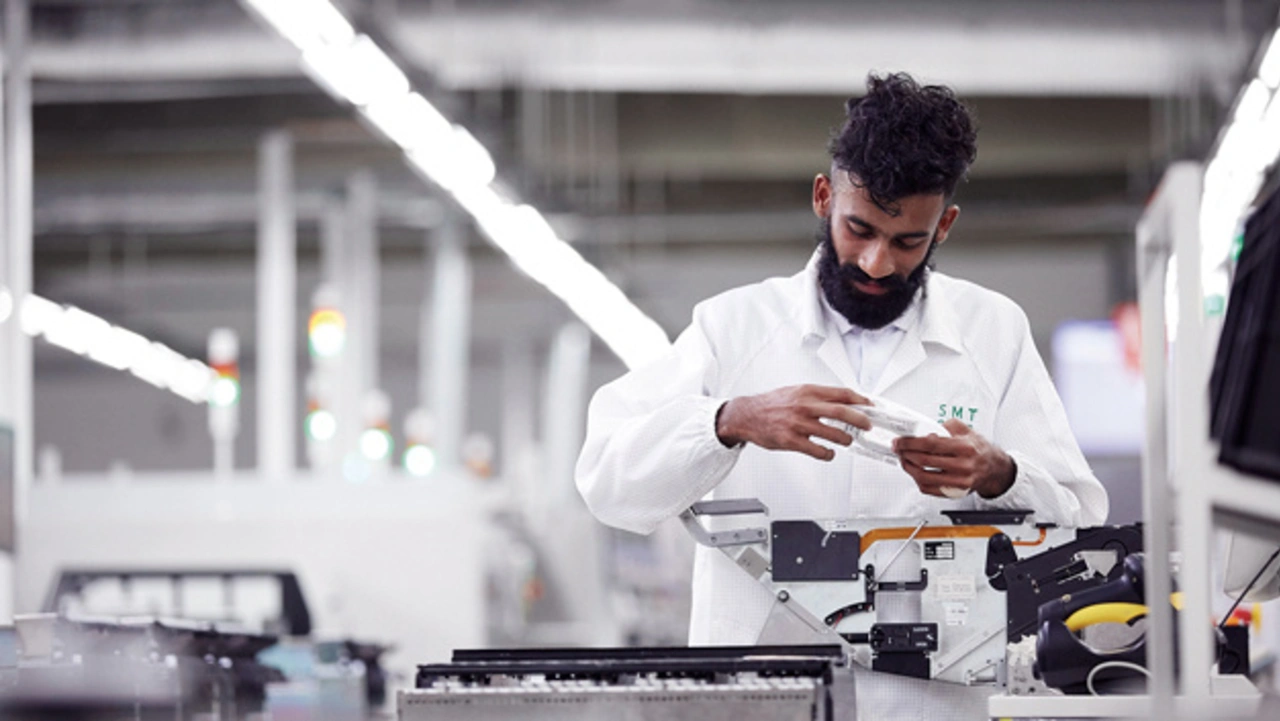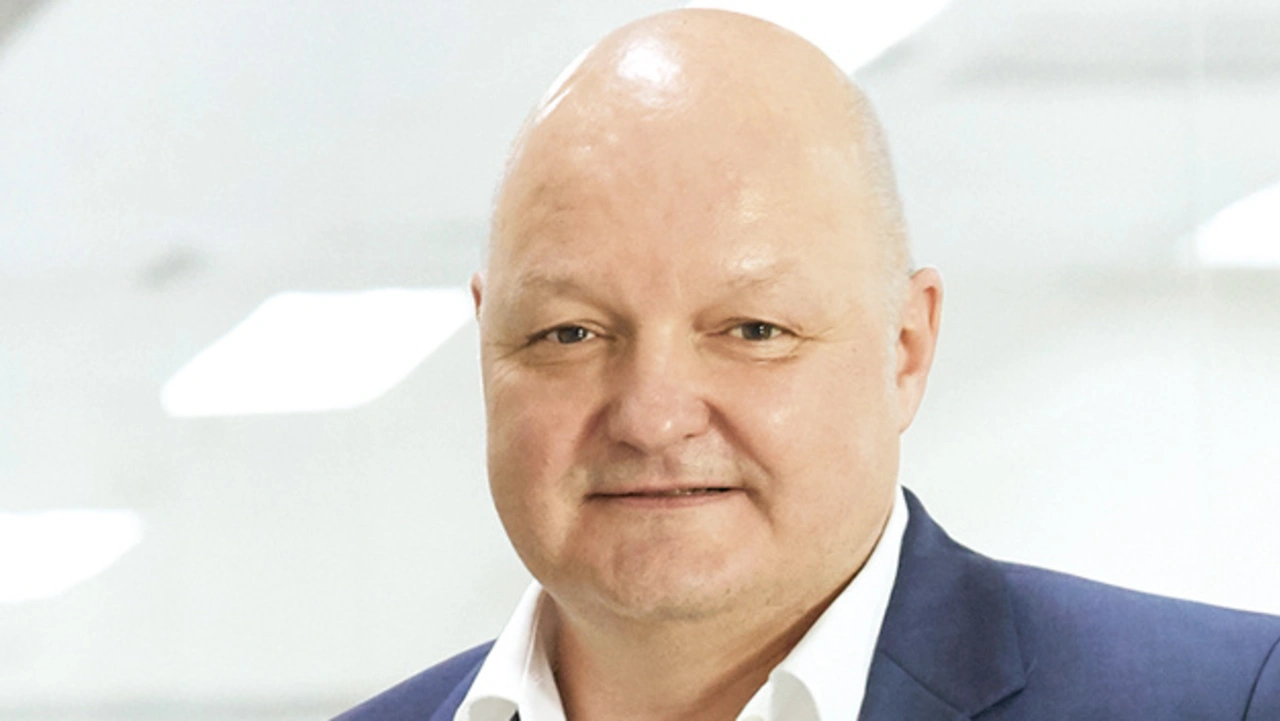GPV
“We have ambitious growth targets”
Fortsetzung des Artikels von Teil 1
The integration of CCS

How can an electronics service provider position itself well in the disruptive market environment in the future? Will demand for electronic services change?
Thomas: That is difficult to predict. Disruptive markets do not necessarily mean that the EMS market will enter a disruptive scenario as well. It is not market shifts that present a challenge for EMS because hardware and software are the elements supporting this change, and someone needs to develop and manufacture these – and that someone is the EMS industry.
However, disruption will at any rate occur, brought on by innovations such as robotics, cobots, and all digitised elements such as AI, VR, and a well-connected supply chain. These disruptive innovations will certainly move the EMS industry in the right direction. In other words, we will continuously work to further automate routine tasks as well as the interfaces along the supply chain.
In Germany, the topic of digitisation is currently the subject of intense debate, as well as the lessons to be learned from the Covid-19 crisis in this regard. What lessons or conclusions do you draw from the Covid-19 crisis with regard to digitisation?
Bo: There is no doubt that the Covid-19 pandemic has opened our eyes to the possibilities of implementing digital collaboration. It has led to positive results, and it is clear that we will learn our lessons from it. In spite of Covid-19, we have been able to make great progress in introducing the new Group-wide production control system – i.e. an MES – at all factory sites. The MES will bring in its wake further digitisation of processes and resource management. We expect to derive enormous benefits from uniform processes at all production sites.
The MES is therefore a central linchpin of your digitisation strategy?
Thomas: We think that you have to see a company as different layers. At the manufacturing level, an MES is certainly a sound control tool that is well connected to data sources coming from other company elements such as ERP, machines and test systems, BOM management, or even external component libraries.
Bo: But of course, a smart factory goes even further to connect the entire supply chain of your upstream and downstream markets via EDI, APIs, and so on. For GPV, it is like a relaunch of activities inherited from the company‘s historical path and, in this context, a strong call to harmonise best practices based on years of experience in many digital areas.As has been often said, digitisation within the EMS industry is nothing new and implemented to some extent in fragmented areas almost everywhere. For us at GPV, it is a great opportunity to bring together the best elements and further strengthen our capabilities towards process reliability and fast responsiveness.
Is an MES sufficient to meet the requirements of digitisation or do you see the future in the introduction of edge and cloud computing?
Bo: An MES is the foundation for generating data, creating standard reports, and linking up the production level. A natural extension would be big data technology to create data lakes within our digital ecosystem.

Thomas: These data are used for internal production optimisation as well as for sharing benchmarks between sites, e.g. is this component better than the other and does it provide additional services to our customers, which are generated by big data analysis. As a next step, we are considering machine learning and AI technology to efficiently ingest the data we generate and create added value for our customers. In spite of all the hype surrounding digitisation, GPV attaches great importance to professional cybersecurity management. Although you can never be sure whether there is a gap somewhere, we are committed to continuously developing this topic and will soon also strive for ISO 27001 certification.
What role will digitisation play in the supply chain in the future?
Thomas: From a supply chain perspective, digitisation essentially means connecting all relevant partners in real time. It will increase momentum and certainly accelerate the way demand is covered. The question remains what will happen to dependency on supplies from China and the remaining raw material resources. In the short term, it will connect the entire supply chain via APIs, speeding up data exchange and reducing the failure rate of manual inputs. This will have an impact not only on the commercial side, but also, and here we have progressed a lot further, on the technical side within NPI and design and engineering.
Bo: In the long term, the more the entire supply chain is interconnected, the fewer sales steps are required within the supply chain. This can shorten the supply chain, and access to technology and product innovation will shorten the overall life cycle of products. Looking at the ecosystem scenario in the long term, it could evolve into a self-driven supply chain for dedicated market requirements within such systems. The digitisation of the supply chain will become increasingly fundamental, both in terms of integrating the supply chain into the IoT and in terms of collecting big data and providing relevant services to our customers through our big data analytics.
As mentioned several times, supply chains are currently under a lot of pressure. What is your take on that and how sustainable is the supply chain as a whole?
Thomas: Indeed, supply chains are genuinely under a lot of pressure and the last two years have clearly shown that they have been overstretched. The volatile demand situation, continuously increasing allocation of certain materials, but also transparency in connection with raw materials and their dependency on supplies from China is something that is now seen as an additional focus in risk management of the entire electronics market.
We were also challenged to review our business continuity concepts within the internal supply chain. And thanks to our global presence, we will continue to actively promote the model of one lead factory per customer, complemented by internal second location support. This will help us manage international challenges as smoothly as possible and continue to support our customers on their way to success in the best possible way.
- “We have ambitious growth targets”
- The integration of CCS







